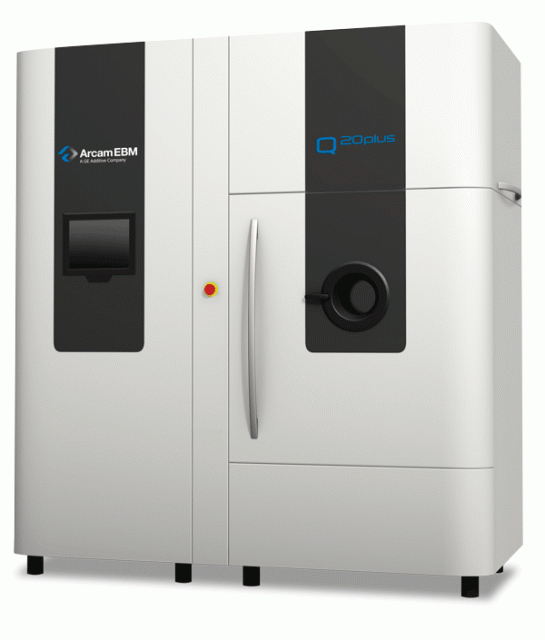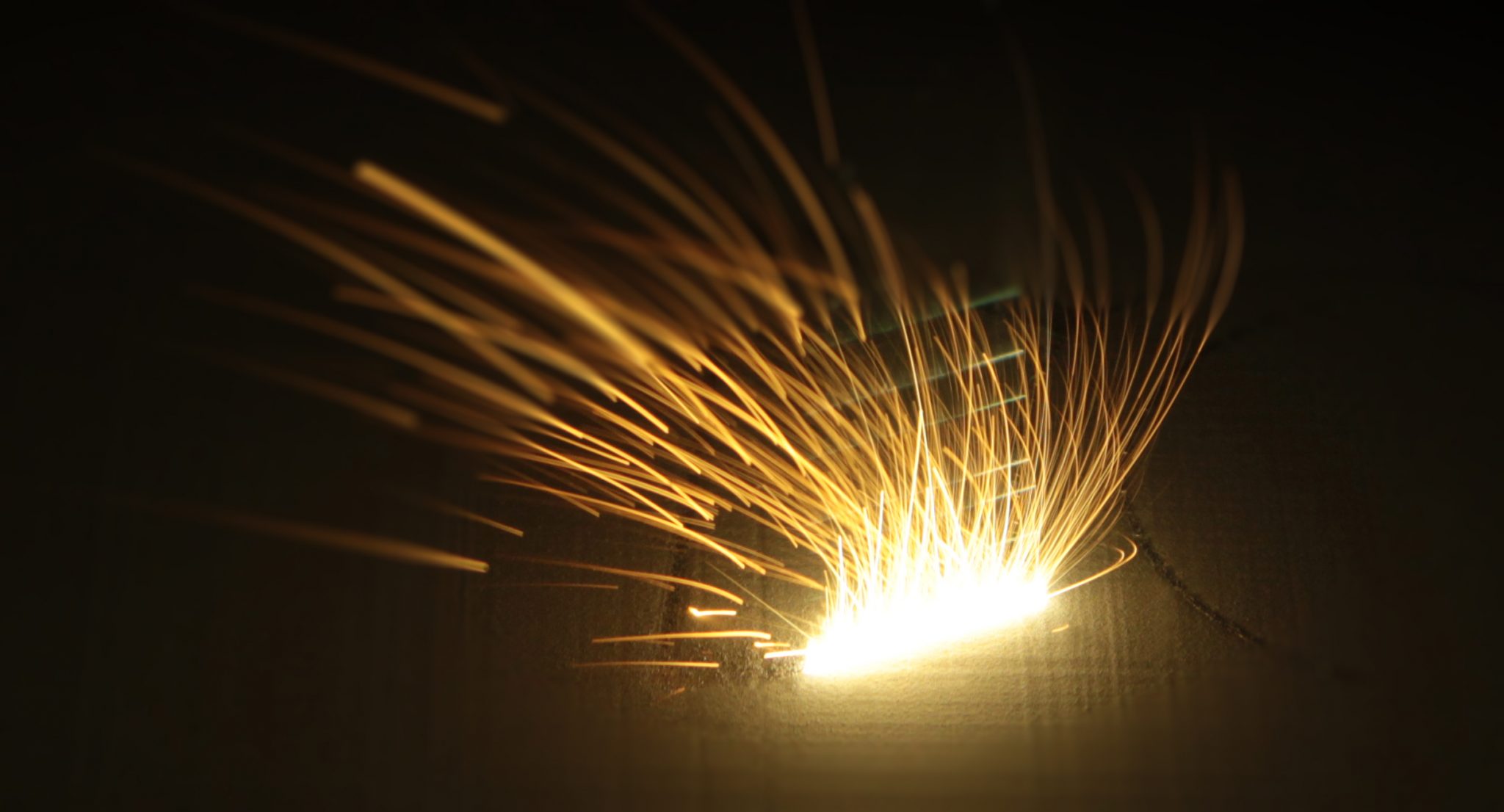Canada’s Holistic Innovation in Additive Manufacturing Network (HI-AM) is advancing metal 3D printing for aerospace, automotive and the medical sector. Funded by the Natural Sciences and Engineering Research Council of Canada (NSERC) and the Canada Foundation for Innovation (CFI), the HI-AM was set up in 2018 to address the challenges in metal 3D printing.
Part of the HI-AM is the University of British Columbia (UBC), which recently acquired an Arcam EBM Q20plus machine from GE Additive. The metal 3D printer was installed at University’s Advanced Materials Processing Group, whose Professor Steve Cockcroft has published several papers on metal casting processes and electron beam melting.
“Additive (3D) metal printing will significantly expand the capabilities of what we can manufacture using structural metals,” said Professor Cockcroft in relation to the HI-AM project and the university’s recent acquisition. More specifically, he highlighted metal 3D printing’s potential impact in transportation “for light-weighting and improving the efficiencies of aero-propulsion systems and automotive drivetrains,” and biomedical sectors, “to customize the geometry of skeletal implants to an individual’s anatomy and utilize materials that are more compatible with biological systems.”
With the new Q20plus, the UBC team will be tackling some of the main challenges to widespread adoption of 3D printing.

Advancing metal additive
HI-AM is formed of seven Canadian and five international universities and fifteen industrial organizations including Siemens, Renishaw, and GKN. The National Institute of Standards and Technology (NIST) is also part of the program.
The network was founded to overcome the major challenges hindering the adoption of metal 3D printing in traditional manufacturing industry. These challenges include a lack of materials and health and safety standards, build volume limitations, and assurance of repeatability and surface quality.
Three metal technologies are under study for improvement in the project: directed energy deposition (DED), powder bed fusion (PBF), and binder jetting.

Electron beam melting
The UBC Advanced Materials Processing Group is focusing on advanced process modeling and quality control strategies under HI-AM. For this purpose, its new Arcam EBM Q20plus was acquired through funding from the Canada Foundation for Innovation and British Columbia Knowledge Development Fund (BCKDF).
The metal system will be an important part of teaching and research at the university and students will have access to the machine’s capabilities. Daan Maijer, Head of the Department of Materials Engineering at UBC, explained, “This turnkey system will be used by graduate students to develop new knowledge on metal additive manufacturing processing to enable printed part quality improvements and process efficiency enhancements,”
“The facility will also serve as a learning platform for undergraduate students in the Materials Engineering and the new Manufacturing Engineering programs at UBC.”
To learn more about how additive manufacturing changing the industry subscribe to our 3D printing newsletter. Also join us on Facebook and Twitter.
Start a career in manufacturing, visit our 3D Printing Jobs page.
Featured image shows metal additive manufacturing from British engineering firm Renishaw, an industrial partner in HI-AM. Photo via Renishaw


